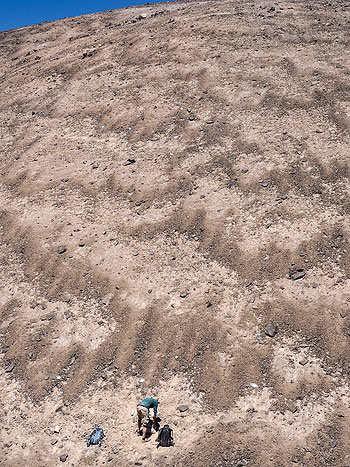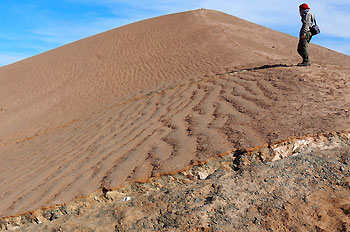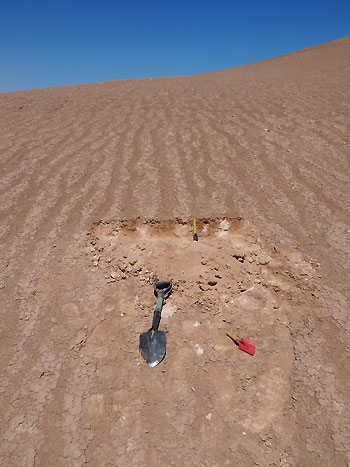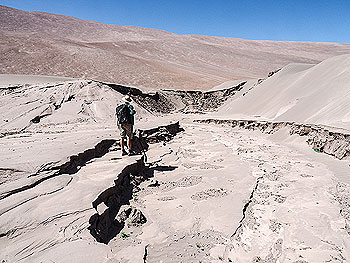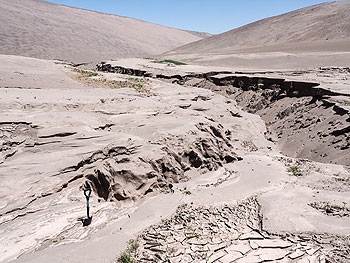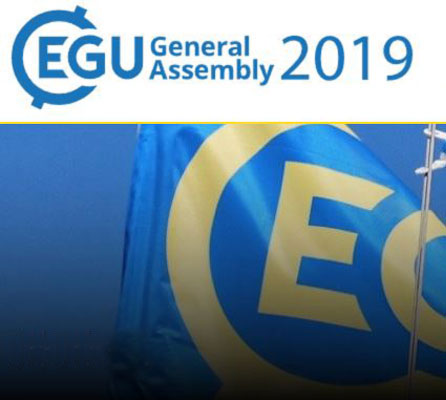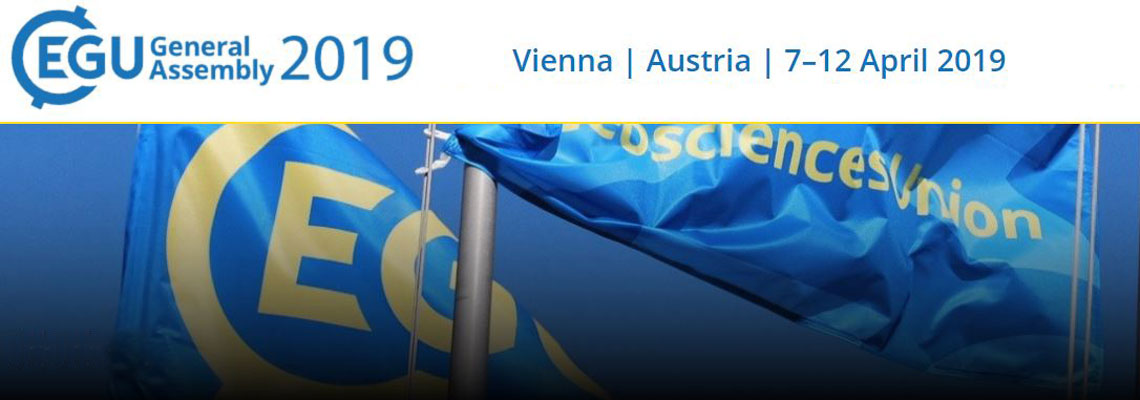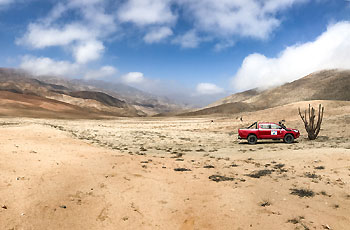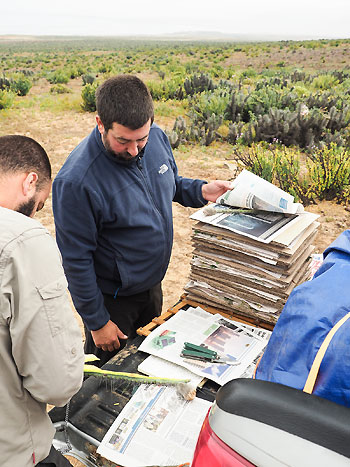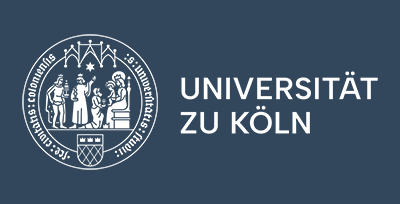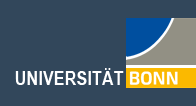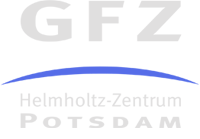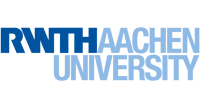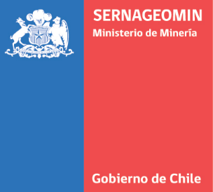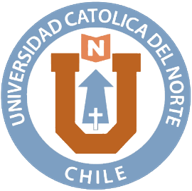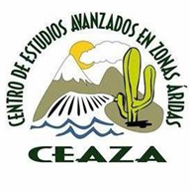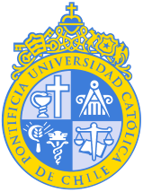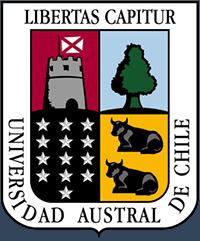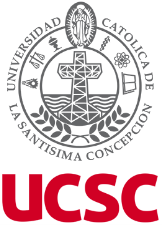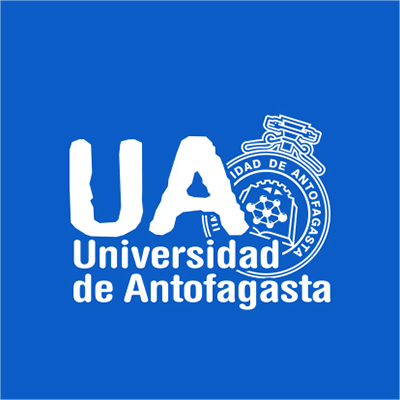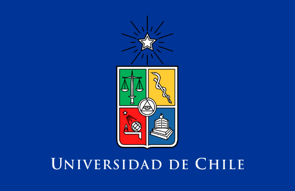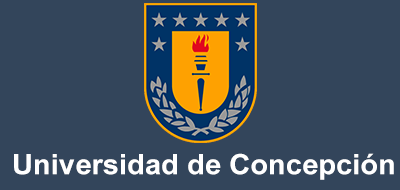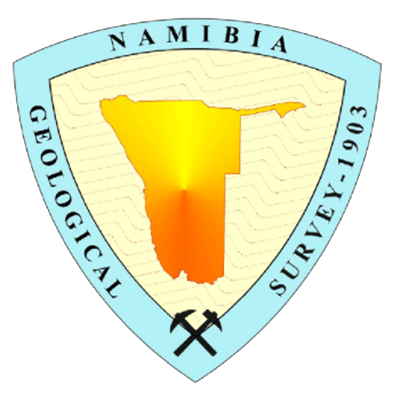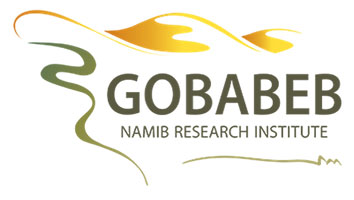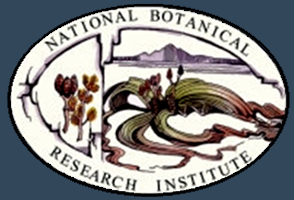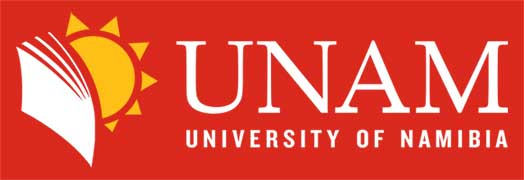While hillslopes generally represent areas of predominant denudation and constitute the transition and trajectory to floodplains, in dry and (hyper-)arid environments hillslope processes are known to be very slow or even stagnant. However, there is still a lot to explore: The underlying process mechanisms under the absence of water are poorly understood, and process rates are essentially unknown. Subproject C3 thus focuses on the identification, characterization, and quantification of past and present hillslope processes and their thresholds in the (hyper-) arid parts of the Atacama Desert. Our research is based on artificial irrigation experiments, different monitoring techniques including UAV (Unmanned Aerial Vehicles) and TLS (Terrestrial Laser Scanning) as well as geomorphological, stratigraphical, geochronological (OSL – Optically Stimulated Luminescence), sedimentological and geochemical investigations. Central aspects of our work include the geomorphological and sedimentological characterisation of different hillslopes, understanding the evolution of various slope forms, and deciphering the continuity/discontinuity and the magnitude/frequency of the related processes.
“Working on hillslopes in the central Atacama is exciting, because it allows insights into processes that operate in a virtually waterless world, which is specific for only very few, if any, other terrestrial landscapes“
– Dr. Simon Matthias May
Within the framework of our research project, we aim at providing valuable insights into hillslope dynamics in hyper-arid environments, where studies are rare. We aim at activating and defining thresholds for hillslope processes and/or run-off by artificial irrigation experiments. In addition, due to the concurrence of long-term hyperaridity and high seismicity, combined with the Atacama-specific geological and topographical preconditions, seismic shaking seems to be a significant driver of hillslope activity and the generation of hillslope landforms in the central Atacama. This will be one focus of our investigations.
Publication
Contact
Dr. Simon Matthias May
Phone: +49 (0) 221 470-6042
E-Mail: This email address is being protected from spambots. You need JavaScript enabled to view it.
Prof. Dr. Olaf Bubenzer
Phone: +49 (0) 6221 54-4571
E-Mail: This email address is being protected from spambots. You need JavaScript enabled to view it.
|
Zebra stripes and patterned ground structures at three different focus sites of C03. Our results emphasize the limited importance of rainfall for hillslope activity and landscape evolution in the hyperarid Atacama, why we focus on the formation processes of fog-triggered patterned ground structures and seismic shaking-related hillslope forms.
|
|
|
|
| Photos: Simon Matthias May |
|
In addition to the investigations at our hillslope focus sites, we witnessed exceptional floodplain activity and channel incision in dune-covered dry valleys of the Precordillera near Pica after the rainfall event in January 2019, which we observed and documented during our trip in March 2019.
|
|
Photo: Simon Matthias May
|
|
Photo: Simon Matthias May
|

















